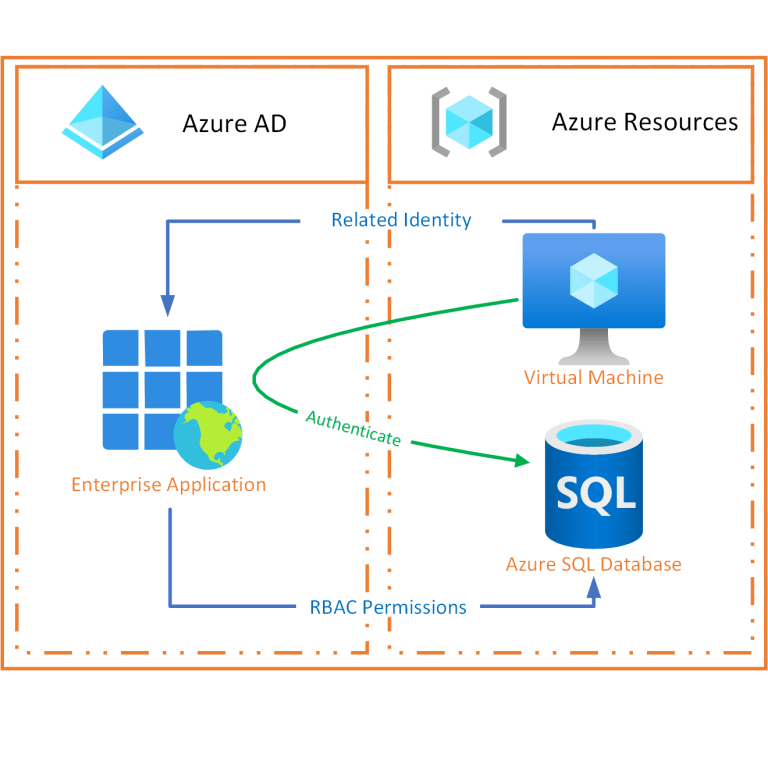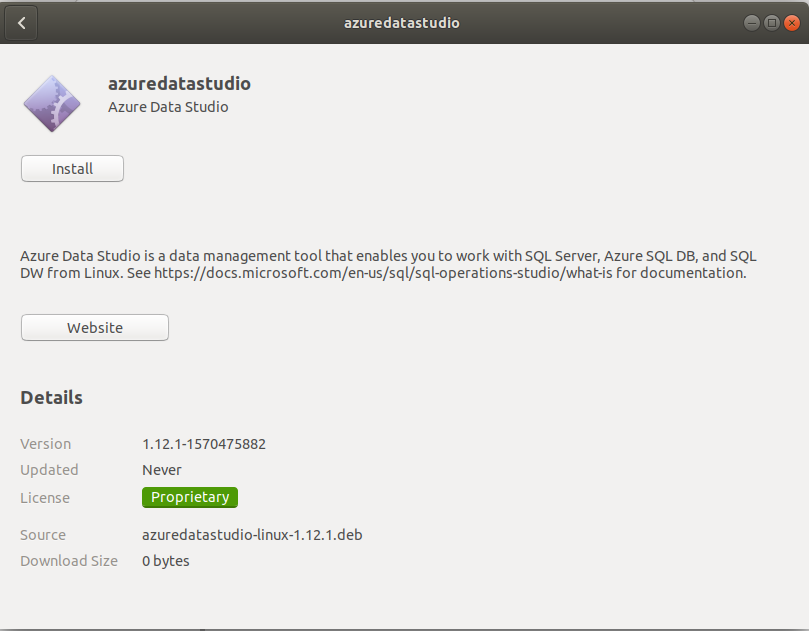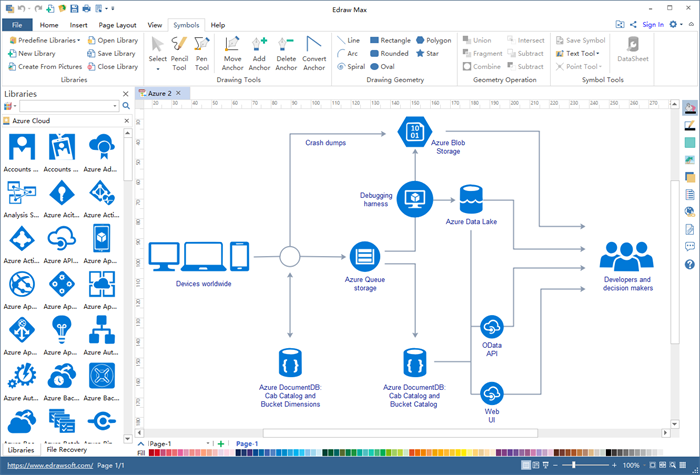


Application ID and application key for the Web application you created.Example: if your Azure Data Lake Storage Gen1 is named contoso, then the FQDN is by default. Fully Qualified Domain Name of your accont.Tenant ID that identifies your company's account.

ADD CONNECTION TYPE AZURE DATA STUDIO HOW TO
The previous step and linked guide described how to get them, but let's repeat the direct links here to these details. To create the Connection in RapidMiner, you need to acquire the following information. Step 2: Acquire information for the remote connection If you can work without the file browser, you can limit the permissions to the target folders / files that your operators directly use. Note that for the file browser of the RapidMiner operators (see below) to work, you need to give Read and Execute access on the root directory, and on all directories where you want to allow navigation.īesides that, you need Write permission to be able to write to the cloud storage from RapidMiner.
ADD CONNECTION TYPE AZURE DATA STUDIO REGISTRATION
The third step configures this Active Directory application to have access to your Data Lake Storage.Īfter performing those steps in your Azure Tenant, you should have a web application registration that is configured to access some or all folders of your target Azure Data Lake Storage Gen1 resource. The second step describes how to get your Tenant ID, the application ID for the registered application, and a key that needs to be provided in RapidMiner so that it is able to use this application. Note that you can use arbitrary values for the Name and Sign-on URL fields. The first step registers a web application that will provide access for RapidMiner to Azure Data Lake Storage. Go through Step 1 to Step 3 of the Service-to-service authentication guide. Step 1: Create a web application registration on Azure portalĬreate and configure an Azure AD web application to allow service-to-service authentication with Azure Data Lake Storage Gen1 using Azure Active Directory.


 0 kommentar(er)
0 kommentar(er)
